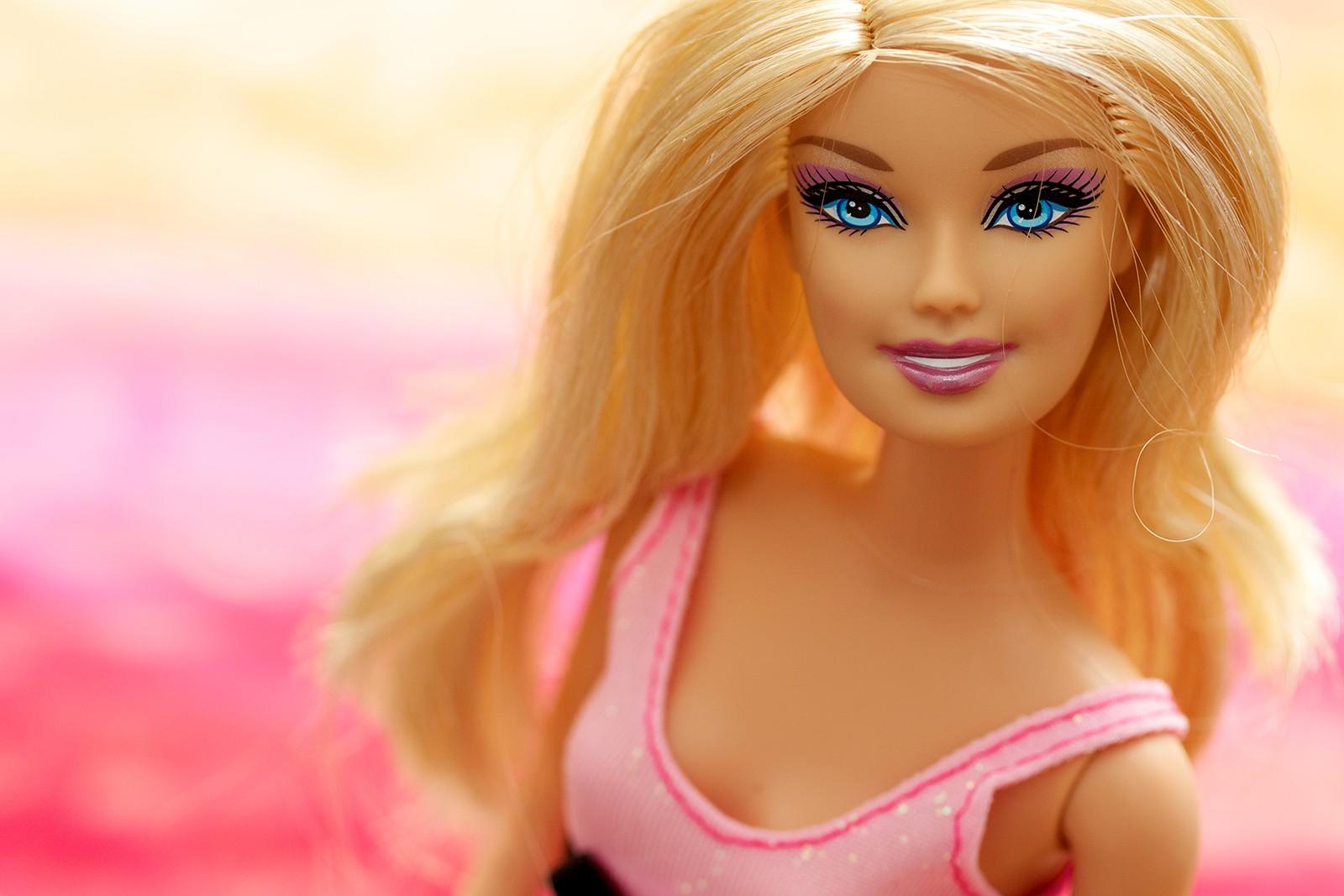Life in plastic just got a little more fantastic. In an effort to boost its steadily falling sales, Mattel has broadened its Barbie dolls’ appearances to include four different sizes: original, curvy, tall and petite, Time reported.
Mattel will now manufacture dolls with combinations of varying skin tones and body shapes. Different-sized Barbies will also have different-sized outfits. This means that an outfit for the curvy Barbie simply won’t fit on another body, and vice versa.
It’s unclear whether Mattel is just riding the wave of body positivity that’s been in motion recently. The main concern is that Mattel might be moving forward with this for profit instead of for the greater good. It’s difficult to argue otherwise following reports of Barbie’s 2015 sales as 16 percent lower than its 2014 sales.
With its new Barbies, Mattel may have just listened to its consumers even though the body image debate has been raging on for years. The Barbie brand epitomizes the entire body image problem, and it looks like Mattel is tying to dig its way out.
Unfortunately for the company, Mattel’s efforts don’t come off as entirely genuine. The company is turning its efforts into something more newsworthy than they actually are. Sure, Barbie is now changing for the better, but it seems like the company is dutifully following a trend instead of innovating.
But the company’s self-congratulation is only to be expected — diversity is one of the most profitable business practices.
It looks as if Mattel has reached the point where it actually has to do something for fear of losing touch with modern American values and, in turn, losing money. Mattel has dug its stiletto heels in the dirt for ages when it came to addressing Barbie’s body image issues. Only money could make it move.
Of course, we’ll never know if Mattel is doing this for the money. But Mattel is a business and wouldn’t do this if it weren’t profitable. So in a way, yes, the company is trying out this new socially conscious approach in order to keep itself afloat.
The company’s dedication to the issue is also questionable, considering the new Barbies’ appearances are still not realistic. The dolls’ appearances essentially range from “taller skinny Barbie” to “original skinny Barbie” to “shorter skinny Barbie” to, finally, “anatomically accurate” Barbie. The “curvy” Barbie is the only one whose proportions could conceivably pass as an actual human woman.
The problem is that you can’t easily categorize people like you can dolls. Four options are better than one, but Mattel could’ve done better by doing the female body’s proportions justice.
Girls aren’t going to fit into four broad body types, but it would be unrealistic to manufacture billions of Barbies to fit every single body type. Girls just need to see themselves represented in their dolls in some way.
But it’s still nice that Barbie is expanding its definition of beauty. What Mattel has done is attempt to broaden young girls’ views on body sizes. Though the new Barbies don’t portray all body types, they do show that there’s more than one, and they’re all beautiful.
This is important because Barbies actually have a profound development on young girls’ perceptions of beauty. A 2006 Journal of Developmental Psychology study found that girls exposed to Barbies at an early age were more concerned about being thin than girls who were exposed to other dolls. Girls shouldn’t look up to Barbies, but the reality is that they do.
Imagine a girl is born this year and grows up only knowing Barbie as a woman of many colors and sizes. Since Barbies play such a large part in how girls feel about their appearance, there must be at least a sliver of good done by Mattel’s venture.
It’s bad for the Barbie brand if Barbie is no longer an easily recognized blonde, busty woman, but it’s ultimately better for society. Barbie shouldn’t limit the idea of beauty, but help expand it.
All in all, Barbie has always represented women in their most idealized form. And if that form is becoming more realistic and less specific, then who are we to complain? The ideal woman is every woman, and every young girl needs to know that.























































































































Heather Martin • Feb 1, 2016 at 3:27 pm
Its about time!!!!